Create a fun persuasive writing classroom display with these fun looking display banners.
Create an Eye-Catching Persuasive Writing Display Wall
Make your persuasive writing classroom display pop with one of these three display banners. By creating a visual display for your classroom, you are showcasing the power of persuasive writing and serving as a source of inspiration and learning for your students.
You can use the display for persuasive devices or structure reminders. Alternatively, you might like to display your students finished final writing pieces.
Impacts of Displays in the Classroom
Classroom displays have a profound and positive impact on classroom learning, enhancing your students’ learning environment in many ways. These visual aids are not just decorative elements, and they also play a crucial role in engaging students, supporting their understanding, and fostering a positive learning atmosphere. Here are some other ways well-thought-out classroom displays can positively affect classroom learning:
- Visual representation of the topics being taught.
- Colourful and interactive displays capture students; attention and spark their interest.
- Promotes independent learning as students can refer to the displays whenever they need clarification or a quick reminder.
- Allows for scaffolded learning as you can progressively add new information to displays as the topic evolves.
- Displays can enhance memory as the visual elements help create a mental hook for memory retention.
Download and Display Today!
No need to try and print the banner over three pages, simply use the dropdown menu to choose between the three different designs, print, cut and glue together! Easy!
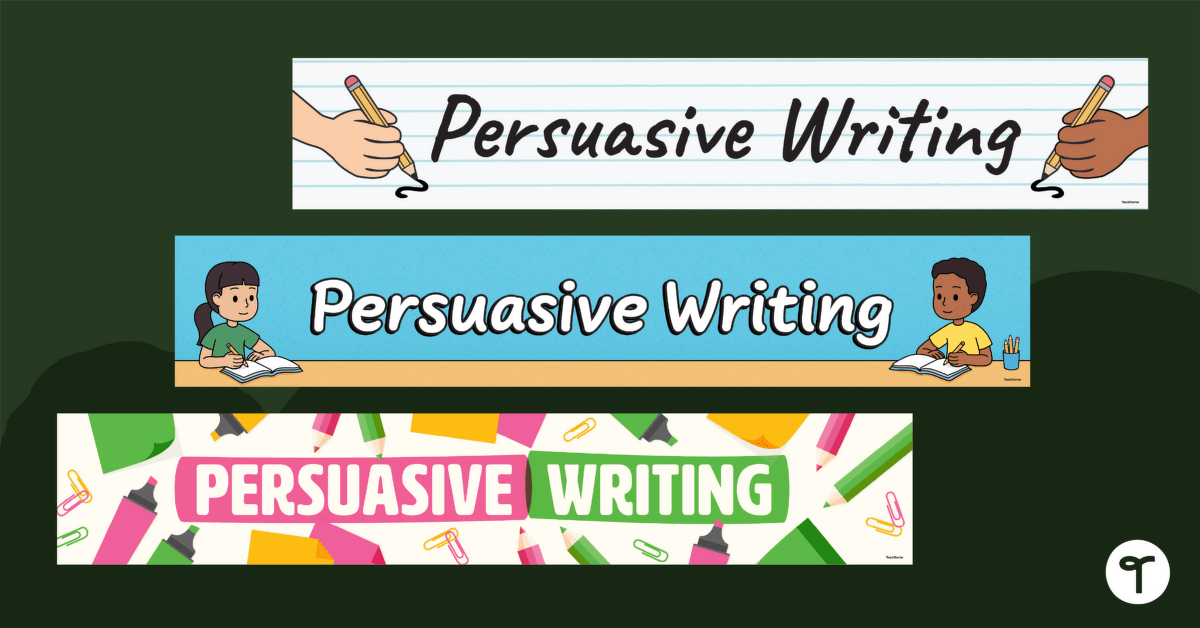

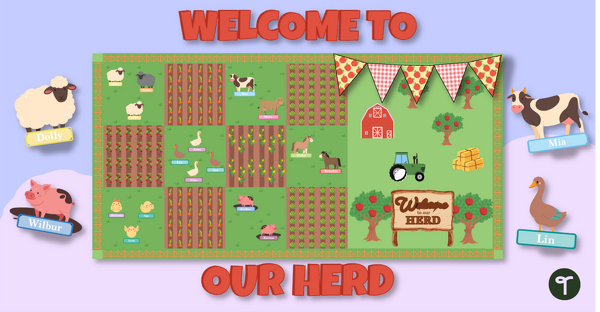
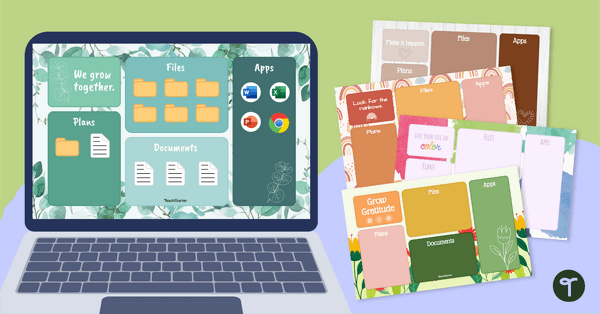
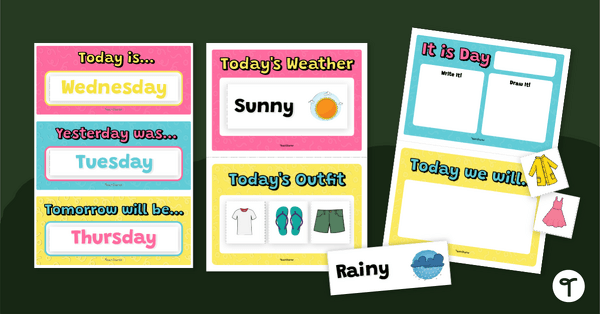
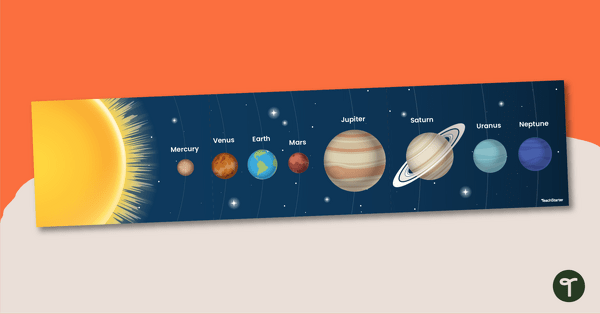
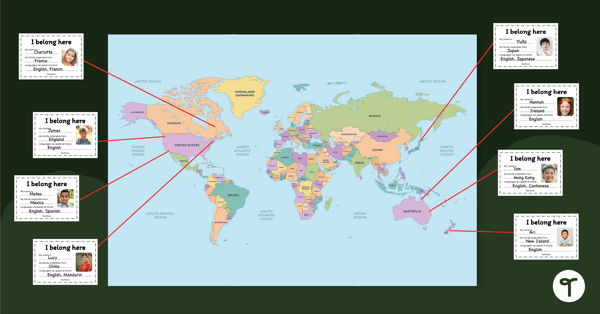
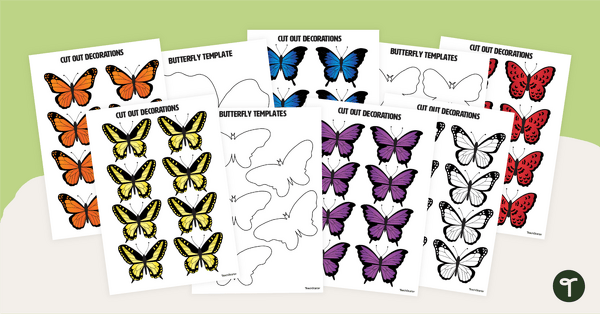
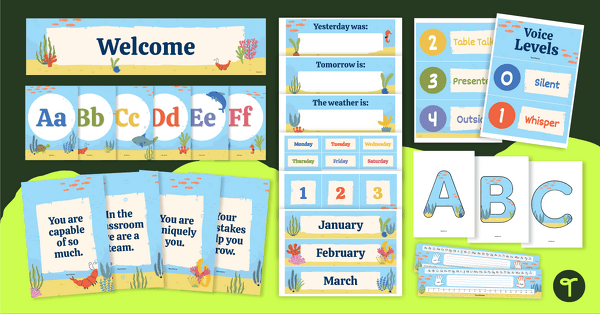
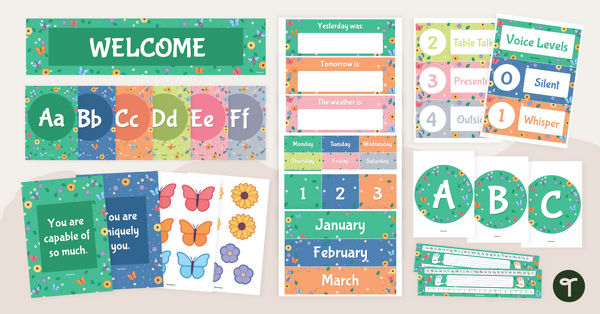
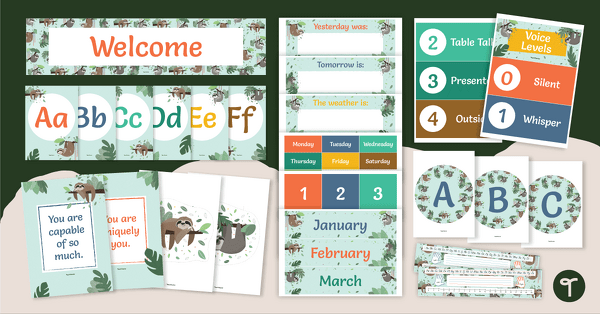
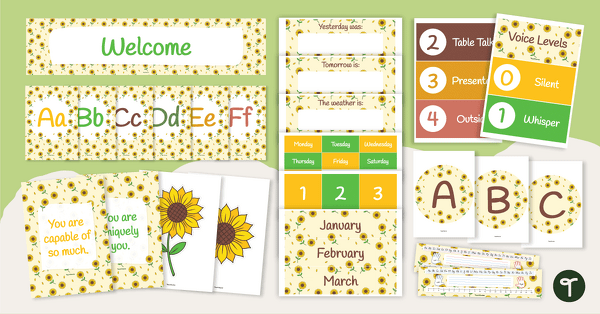
0 Comments
Write a review to help other teachers and parents like yourself. If you'd like to request a change to this resource, or report an error, select the corresponding tab above.